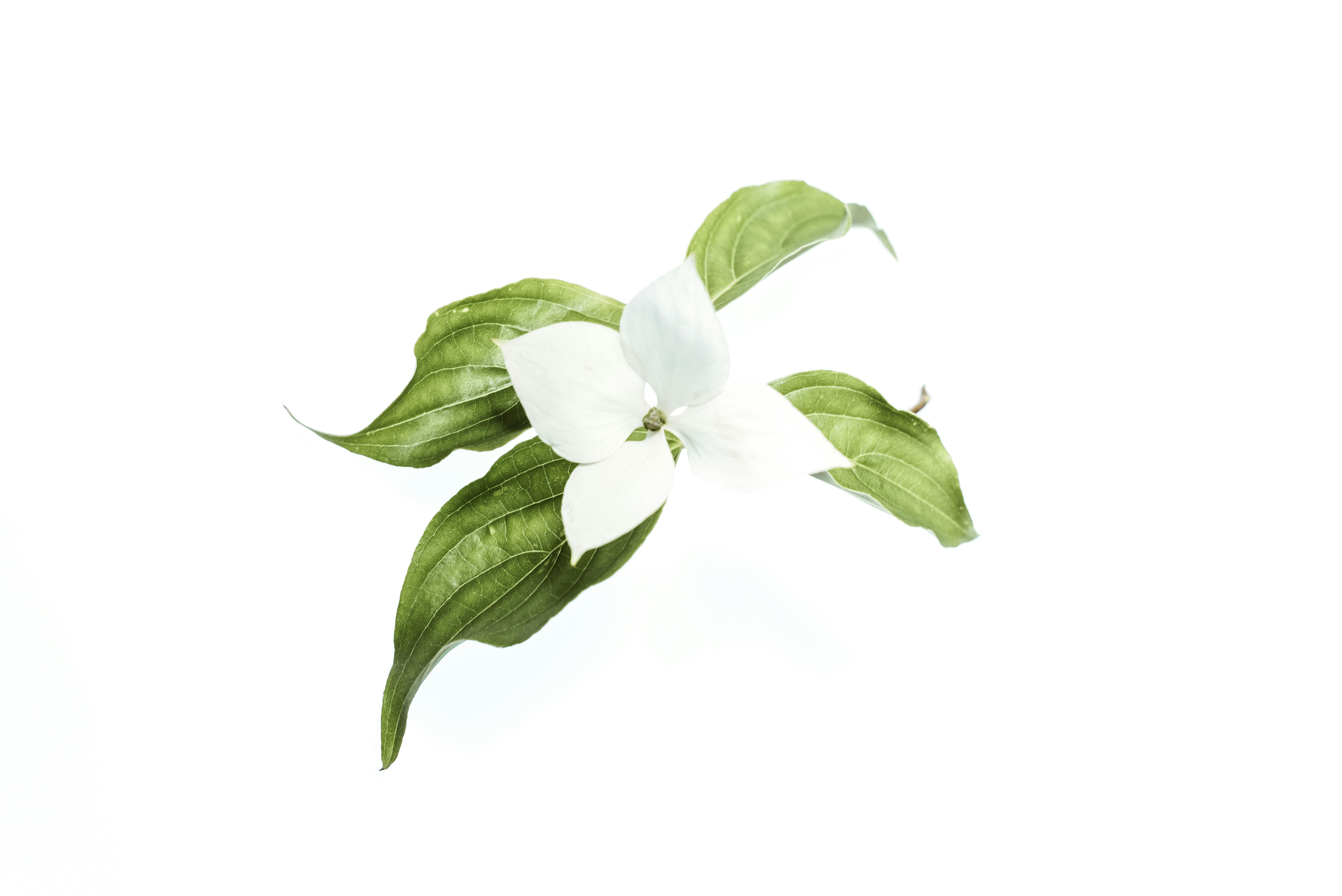You must have seen a variety of colorful, bright and finished clay cookware on the market that have gained popularity in recent years. If you think clay cookware is the healthiest and 100% non-toxic cookware, you may be wrong. There is no doubt that clay cookware has been used for centuries by all civilizations to make cookware, but today even clay comes in a variety.
Pure clay is the only material that is naturally innate and does not reach toxins in food during cooking. The commercially popular clay cookware we see today doesn’t come close to that. They are made of ceramic clay, a composition of stoneware, porcelain or terracotta. It is also coated with chemical varnishes and enamels in addition to the chemicals used in the mechanized manufacturing process they go through. And the colorful ones you see in stores, well, more chemicals! After using so many chemicals, the pot you get is far from healthy or non-toxic. These pots, when used for cooking, leach reactive toxins into the food contaminating them.
For clay to be non-toxic, it must be in its purest form, as pure clay. It has a natural property of being inert which can remain intact if no chemical comes into contact with it. Pure clay cookware is made from primary clay collected from uncultivated, unindustrialized land, where it is found to contain absolutely no chemicals or contaminants. In addition, no chemical products are used in the manufacturing process (they are not mechanized, they are handmade) or in their coloring and finishing.
It may seem difficult to tell if a clay cookware contains chemicals and leaches toxins, but a simple home test is enough to tell if the pot you’re using is made from pure clay or something else. It’s called the alkaline baking soda test. Food is an alkaline substance and so is baking soda. If something reactively leaches into your food, it will do the same to the baking soda. This is what you need to do:
- Boil 2-3 cups of water in any pot, when it starts to boil add 2 teaspoons of baking soda, boil for 5 more minutes. Turn off the stove.
- Wait until cool enough to taste and then taste the water (take a sip). If you taste metals, that’s what you’re eating! If the water tastes like rubber/paint, it’s the enamel/enamel chemicals.
As a control, mix 2 teaspoons of baking soda in 1 glass of water and take a sip; you will only notice the taste of baking soda. It’s about time we get rid of unhealthy cookware and switch to clay pots for pure clay cooking.
